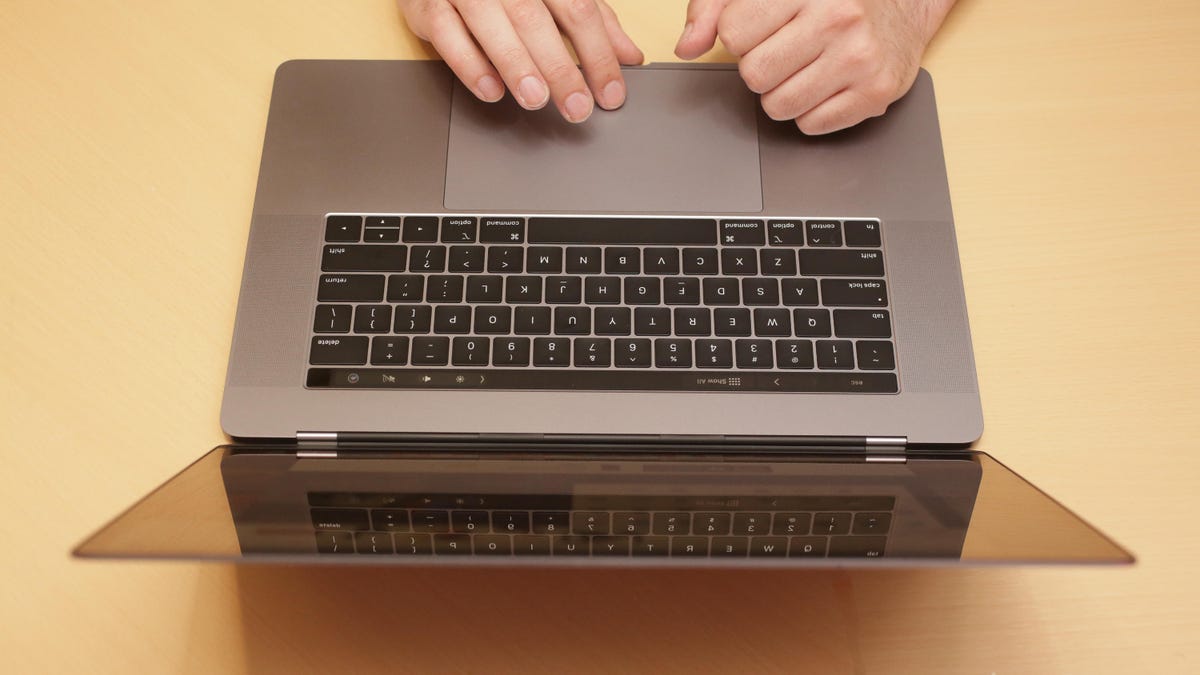Delete old iOS backups to free up tons of space on your Mac
iPhone backups can take up a lot of room.

I was shocked to discover that the biggest chunk of data occupying my MacBook's limited storage were iOS files. Needless iOS files, to be exact. I was unknowingly storing iPhone backups on my Mac for an iPhone and an iPad I no longer own. Time to free up some space (and speed up my Mac as a result)!
On my MacBook Pro's 256GB hard drive, nearly 100GB was taken up by two iPhone backups and an iPad backup. Encrypted local backups are more secure than iCloud backups, and they save your credentials email and other accounts that require authentication when you move to a new version of iOS or phone. But for devices you no longer own, it's safe to delete them. Or at the very least, move them to an external drive.
Search and destroy old iOS backups
To see if you've got any iPhone or iPad backups taking up valuable space on your Mac, click the Apple button in the top left and select About This Mac. Next, click the Storage tab to see a graph of the various categories of files taking up space on your Mac and how much free space remains.
If you see a big chunk labeled as iOS Files, then you've got some backups you can move or delete. Click the Manage button and then click iOS Files in the left panel to view the local iOS backup files you have stored on your Mac.
If you no longer need them, highlight them and click the Delete button (and then Delete again to confirm your intention to permanently delete the file). To move them to an external drive, click the Show in Finder button and then drag them to your external drive.

